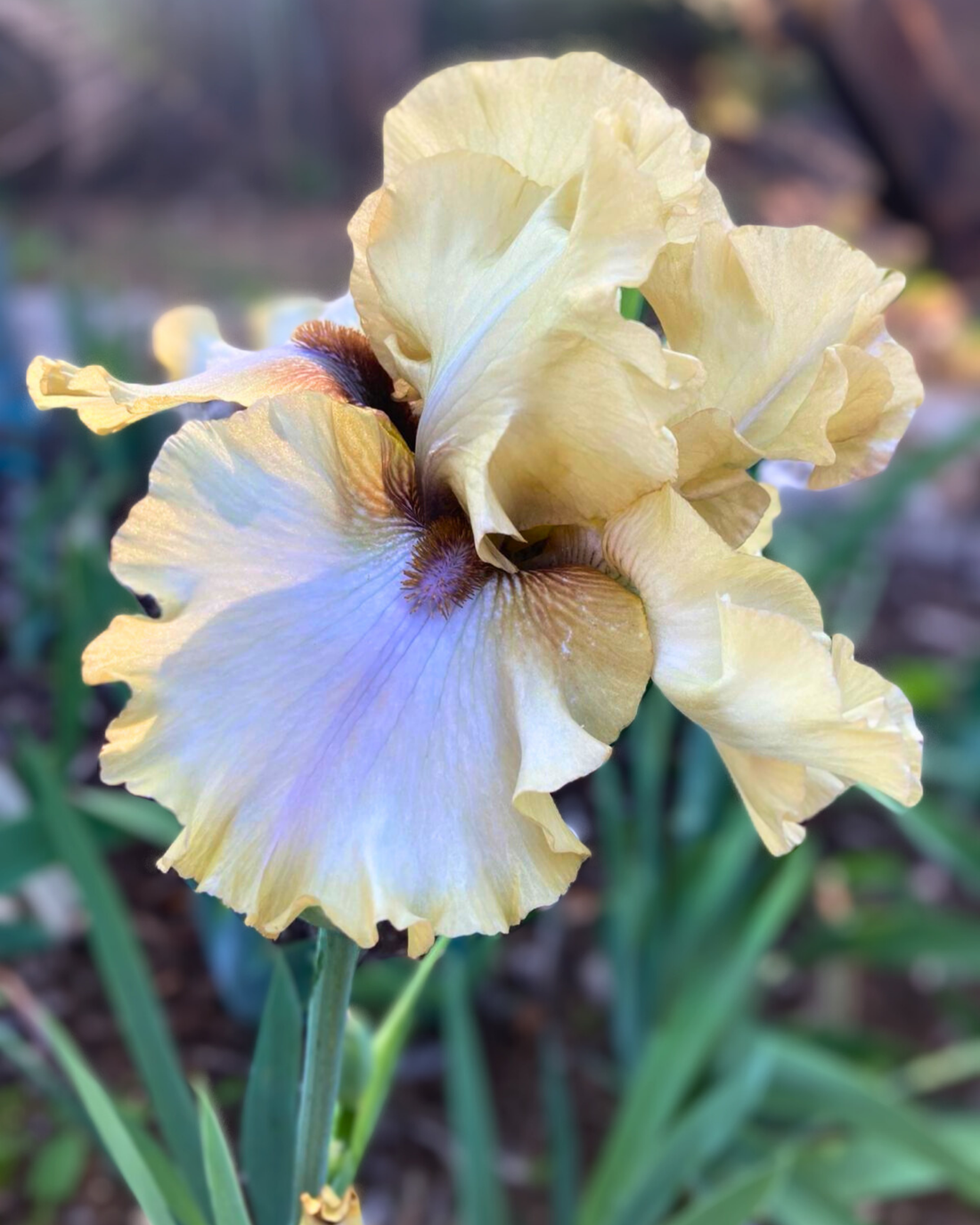
7 Common Mistakes to Avoid When Growing Bearded Irises in Australia
Share
Bearded irises are stunning flowers that can add a touch of elegance to any Australia garden. However, growing these beauties in our country requires a bit of finesse.
Whether you’re just learning how to grow bearded irises in Australia or you’ve been gardening for years, avoiding these pitfalls will help your plants flourish.
Here are 7 bearded iris care mistakes to avoid and what to do instead.
1. Planting the rhizome too Deep
One of the most frequent mistakes made by Australian gardeners in iris planting is burying the rhizome. If planted too deep, it may rot and fail to bloom. The solution: keep the top of the rhizome slightly exposed above the soil surface so it can breathe and stay healthy.
2. Choosing soil that doesn’t drain well
Bearded irises hate “wet feet.” Poorly drained soil causes rot and weak growth. If your soil is heavy, improve it with sand, gravel, or organic matter to provide the sharp drainage irises love.
3. Ignoring Sunlight Requirements
For abundant blooms, full sun is essential. Bearded irises need at least 6 hours of sunlight per day, which is easy in Perth where we grow our irises. Without enough light, you’ll see more leaves and fewer flowers. Always plant your irises in the sunniest part of the garden.
4. Planting rhizomes too close together
Spacing matters! Crowded irises compete for nutrients and sunlight, which reduces blooming. When planting, leave 12–16 inches (30–40 cm) between each rhizome to give them room to grow and breathe.
5. Forgetting to divide clumps
Over time, bearded irises form thick clumps that bloom less each year. To keep them healthy, divide your irises every 3–4 years. This rejuvenates the plants, prevents overcrowding, and gives you new rhizomes to plant elsewhere in your garden.
6. Cutting foliage back too early
After flowering, iris leaves are still working hard to store energy for the next season. Cutting them back too soon weakens the plant. Remove only the spent flower stalks, and wait until late summer before trimming away yellowing leaves.
7. Overusing nitrogen-rich fertilizer
Fertilizers high in nitrogen encourage leaf growth but suppress flowers. Instead, use a low-nitrogen, balanced fertilizer or one slightly higher in phosphorus and potassium. This will promote stronger roots and more spectacular blooms.
Bearded irises are low-maintenance plants once you know their needs. With the right iris planting tips like good drainage, plenty of sun, proper spacing, and occasional division, you’ll enjoy spectacular blooms year after year. Avoid these common mistakes when growing irises in Australia and your garden will reward you with irises at their very best.
